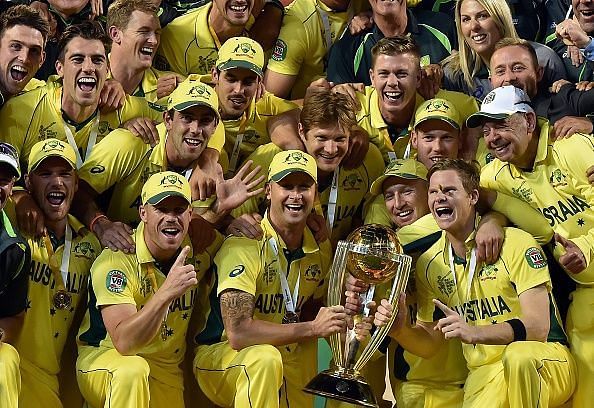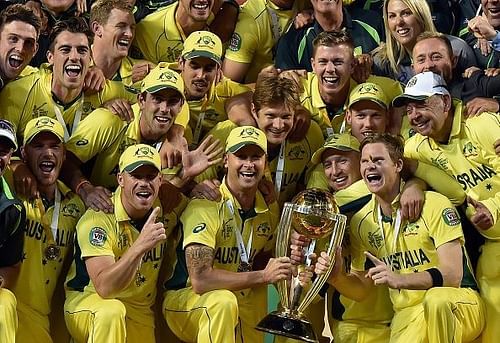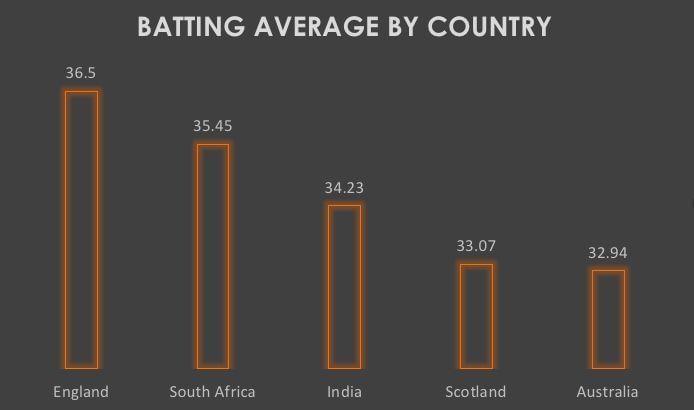
ICC Cricket World Cup 2019: A statistical search for the probable winner

The ICC Cricket World Cup 2019 is going to be a global cricket festival that will feature the world's top 10 cricketing nations battling for ultimate glory. What makes it even more exciting is the round-robin format, which ensures that each team plays the rest at least once.
This means that the underdogs Afghanistan and resurgent West Indians will have more than a decent chance to create major upsets. Deciding the eventual winners, especially with more than 11 months to the event, may seem a far-fetched idea. However, the statistics present a more straightforward interpretation.
The English soil has produced the most number of runs in the last two years, more than any other country in fact. The high scoring nature of English pitches of late puts great emphasis on the ability to score big runs quickly, and at the same time contain the opposition and take wickets.

In order to predict the winner of the World Cup, let us take the following statistics from the last two years (against top 10 teams) into account:
1. Batting averages per wicket
2. Batting strike rates
3. Bowling averages
4. Bowling strike rates
5. Bowling economy rates
First, let us use the product of the batting averages per wicket and the batting strike rates to calculate the BAI (Batting Index), which will rank the teams according to their batting in the last two years.
Then, the product of the of the bowling averages, strike rates and economy rates will be calculated, and will be designated as BOI (Bowling Index). This metric will rank the teams according to their bowling in the last two years.
Finally, the BAI will be divided by the BOI, to produce a final number for each team which would be referred as the Winners Metric. The team that produces the highest winner's metric will statistically have the perfect recipe to lift the Cricket World Cup 2019.